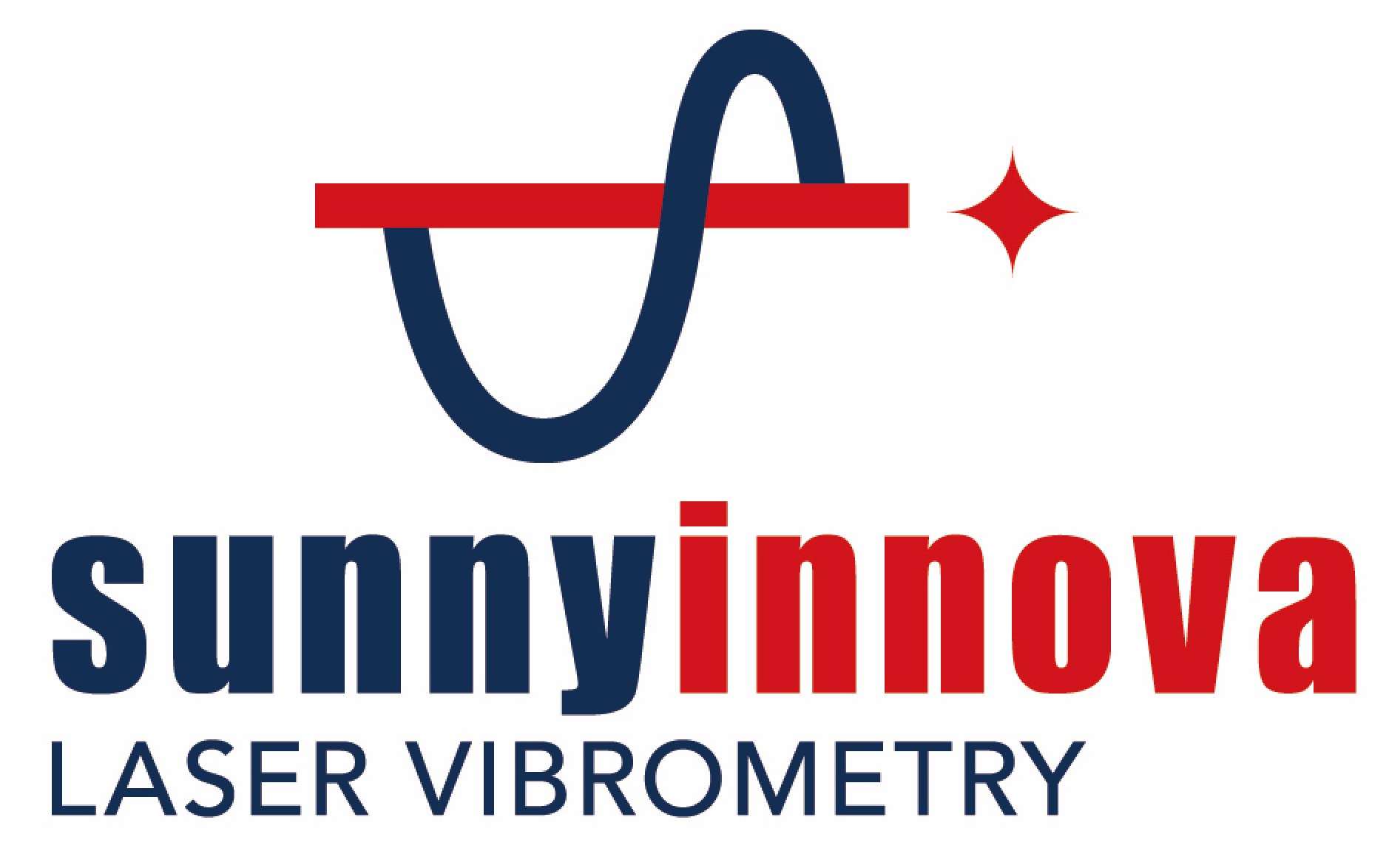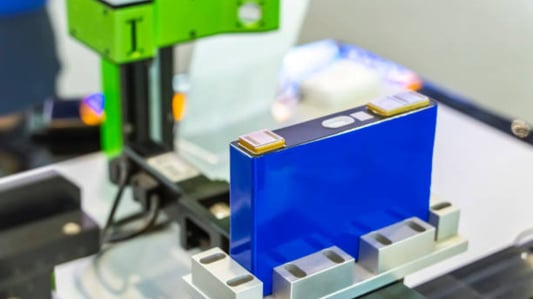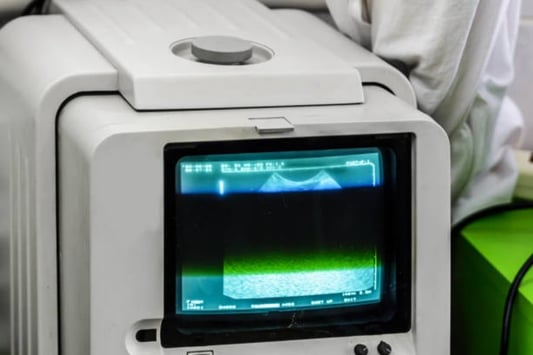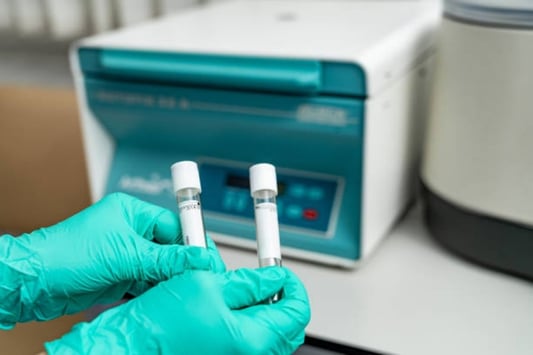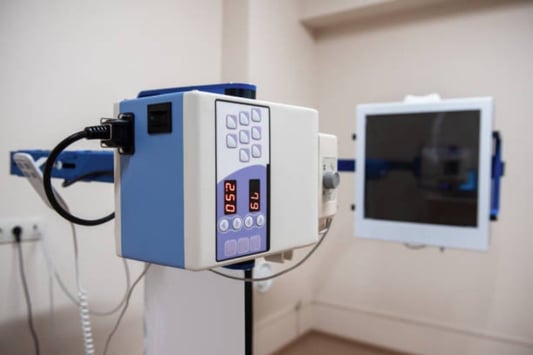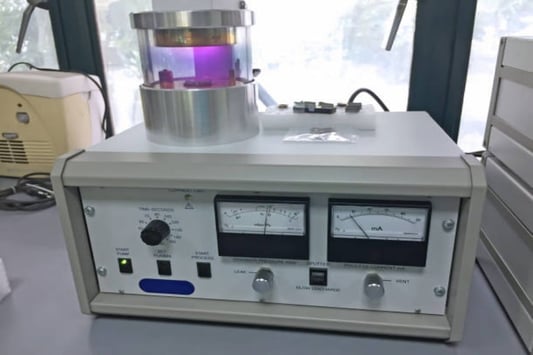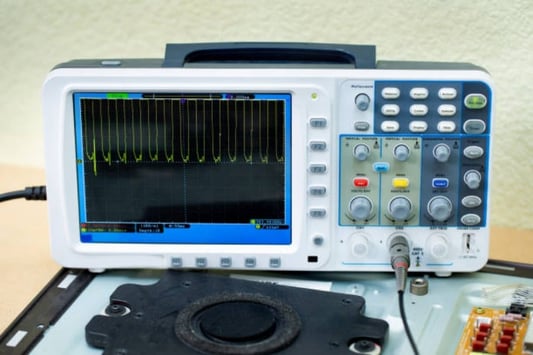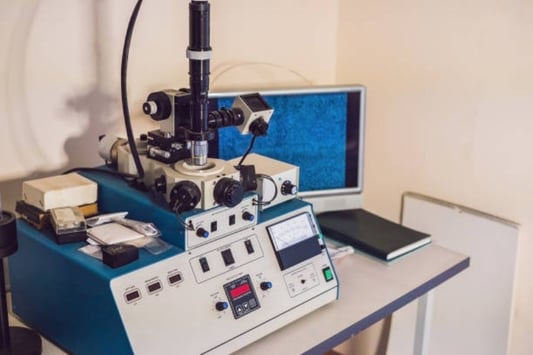Introduction: What is a self mixing laser diode vibrometer?A self mixing laser diode vibrometer is an optical sensor that is used to measure tiny vibrations in a variety of different systems. It uses the interference pattern of light waves to detect the minute changes in position or motion of an object under observation. The Technology Behind Self Mixing Laser Diode VibrometryThe basic principle of self mixing laser diode vibrometry involves directing a laser beam onto the object of interest, and using the feedback from the light waves that return to the source to detect any vibrations in the object. The result is a highly accurate, non-invasive way to measure small vibrations over a wide range of frequencies.Applications of Self Mixing Laser Diode VibrometrySelf mixing laser diode vibrometry has a wide range of applications, including vibration analysis in machinery, material characterization, and non-destructive testing. Because it is non-invasive and highly accurate, it can be used in a variety of different environments, including medical, industrial, and scientifical settings.Advantages of Self Mixing Laser Diode VibrometryOne of the main advantages of self mixing laser diode vibrometry is its high sensitivity. It can detect vibrations as small as a few picometers, making it ideal for applications where precision is crucial. Additionally, because it is non-invasive, it can be used in situations where other methods would be impractical or impossible.Challenges of Self Mixing Laser Diode VibrometryOne of the main challenges of self mixing laser diode vibrometry is the potential for interference from external sources of vibrations. Because it is so sensitive, the sensor can pick up vibrations from sources other than the object of interest. Careful calibration and setup are crucial to minimize these effects and obtain accurate measurements. Types of Self Mixing Laser Diode VibrometersThere are several different types of self mixing laser diode vibrometers, including homodyne and heterodyne systems. Homodyne systems use a single laser beam, while heterodyne systems use two beams with slightly different frequencies. Each type has its own advantages and disadvantages, depending on the application. Factors to Consider When Choosing a Self Mixing Laser Diode VibrometerWhen choosing a self mixing laser diode vibrometer, there are several factors to consider, including the range of frequencies it can measure, its sensitivity, and its ease of use. The application and the environment in which it will be used are also important considerations.The Future of Self Mixing Laser Diode VibrometryAs technology continues to advance, self mixing laser diode vibrometry is likely to become even more accurate and versatile. The development of new materials and sensing techniques will expand its range of applications, making it an even more valuable tool for researchers, engineers, and scientists across a variety of fields.Conclusion: The Benefits of Self Mixing Laser Diode VibrometrySelf mixing laser diode vibrometry is a powerful tool that has a range of valuable applications across multiple industries. Its high sensitivity, non-invasive nature, and wide frequency range make it an ideal choice for precision measurements that require highly accurate and reliable data. Quote InquiryContact us!
